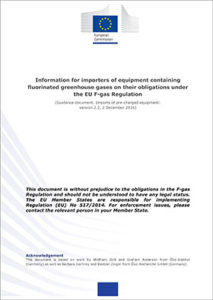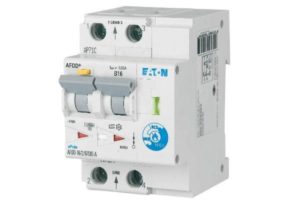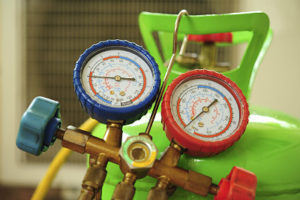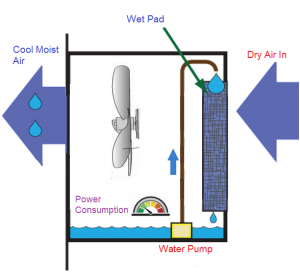 The UK’s HM Customs & Revenue has warned that no HFC pre-charged air conditioners or refrigeration units can now be placed on the market unless accounted for within the F-gas quota system.
The UK’s HM Customs & Revenue has warned that no HFC pre-charged air conditioners or refrigeration units can now be placed on the market unless accounted for within the F-gas quota system.
From the start of this year, all refrigeration, air conditioning and heat pump equipment charged with HFCs have become part of the HFC phase-down system implemented under the European F-gas regulations which came into force in 2015.
Importers of air conditioning and refrigeration equipment into Europe pre-charged with HFCs need to ensure that the HFCs charged into the equipment are accounted for within the quota system when placing pre-charged equipment on the EU market.
Equipment importers have two options: to obtain an authorisation from a quota holder matching the quantity of HFCs in the pre-charged equipment or demonstrate that the pre-charged HFCs were previously placed on the EU market.
More information is contained in the European Commission document, Information for importers of equipment containing fluorinated greenhouse gases on their obligations under the EU F-gas Regulation, published last month.
Importer responsibilities for UK companies are also explained on the HM Revenue and Customs (HMRC) website.
The UK’s HMRC promises that document codes will be published as soon as they are finalised and the Customs Handling of Import and Export Freight (CHIEF), which allows importers to complete customs information electronically, will be updated accordingly.
Companies are classified as importers if they import equipment from countries outside the EU. They are not considered to be importers if they only buy or sell pre-charged equipment from or to companies in other member states.
Article 2 of the F-gas Regulation defines “placing on the market” as supplying or making available to another party in the Union for the first time, for payment or free of charge. This means that once the equipment is released by an importer for free circulation, it is considered to have been placed on the market. Equipment imported under the inward processing procedure, is not considered to have been placed on the market, neither is equipment imported for transit, temporary storage, customs warehousing or duty free zone procedures.
To comply with the HFC phase-down requirements or the reporting obligations for F-gases, importers must indicate the amount of refrigerant pre-charged in the equipment, measured in tonnes CO2 equivalent. This applies to both the gas contained in the circuits of the equipment and reportable gases used in other parts of the equipment, such as the insulation foams.
The EC document points out that the most straightforward option to comply with the HFC phase-down is to avoid, where possible, importing RAC equipment relying on HFCs altogether. Using non-HFCs like hydrocarbons are given as an option as is the importation of “dry” equipment, ie equipment imported with an HFC-free holding charge such as nitrogen.
Source: http://www.coolingpost.com/world-news/industry-warned-on-equipment-imports/




